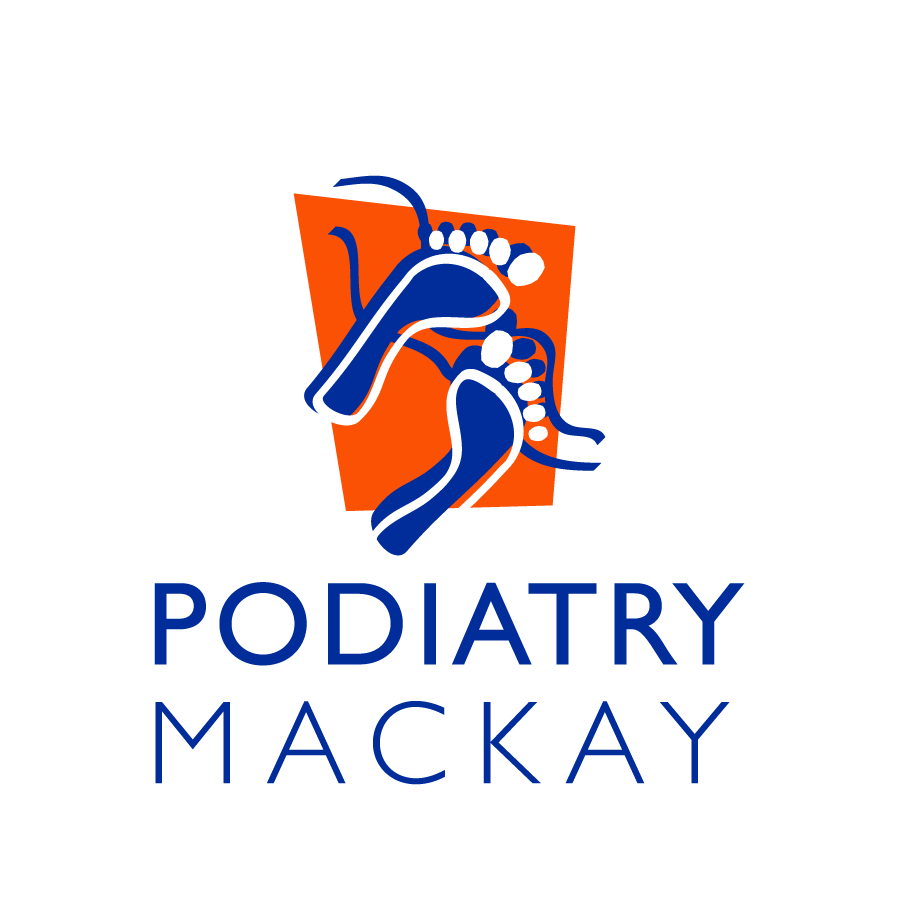Heel Pain
Pain in the heel is one of the most frequent injuries we treat at Podiatry Mackay. But while it’s a very common injury, it can have many different causes.
Below we are going to cover the 3 most common causes of heel pain that we treat within the clinic. Keep in mind there are a wide variety of conditions that can affect the heel – it is always best to see your podiatrist for an accurate diagnosis and treatment plan.
Calcaneal Apophositis (Sever’s Disease)Sever's disease is the most common cause of posterior heel pain in active, growing children. Often
described as a bruising 'pulling pain', the condition is caused by repetitive micro-trauma to the growth plate (apophysis) of the heel bone (calcaneus), hence the term Calcaneal Apophysitis
Plantar FasciitisThe Plantar Fascia is a band/fascia of connective tissue that runs from the heel to the base of the toes. This fascia is the main supportive structure through your arch and takes most of the load whilst you are walking. Plantar Fasciitis can be caused by many factors and is most seen in the active middle-aged population (women > men).
Symptoms can include – bruising pain in the heel, pain and stiffness in the morning that gets worse as the day progresses, pain which would get worse when climbing stairs or standing on toes and pain after standing for long time.
Achilles TendinopathyAchilles tendinopathy is a chronic condition that is associated with degeneration of the Achilles tendon. The Achilles is the insertional tendon of the Gastrocnemius and Soleal muscles (aka calf muscles) and is essential for everyday activities such as walking, running and jumping.
The tendon is subject to high repetitive stresses and in conjunction with certain risk factors, can eventually begin to degenerate or break-down. This degeneration usually occurs in 2 locations: the insertion of the Achilles tendon onto the heel bone or mid-way through the tendon, hence the terms, insertional and mid-portion Achilles tendinopathy.
If reading any of the above descriptions of heel pain has set off a lightbulb moment for you – jump over to our ‘Book Now’ page on the website, fill out an enquiry form and our receptionists will be in contact with you to secure an appointment time.
